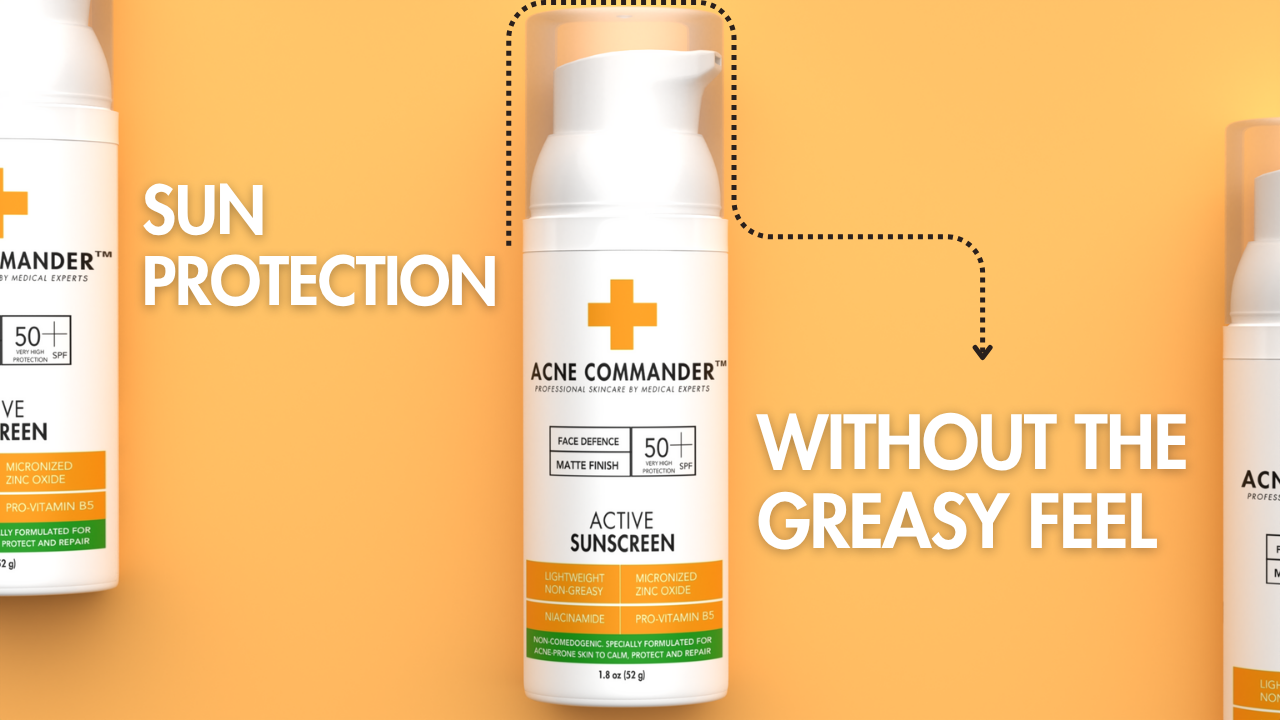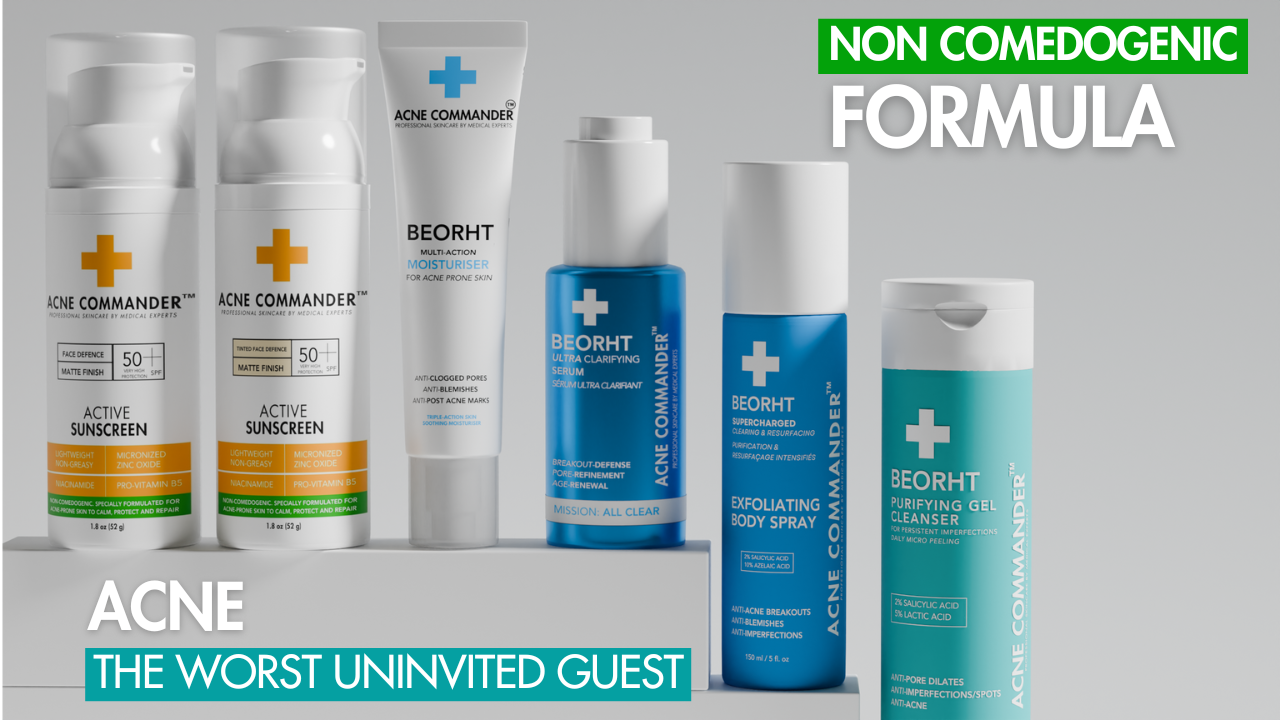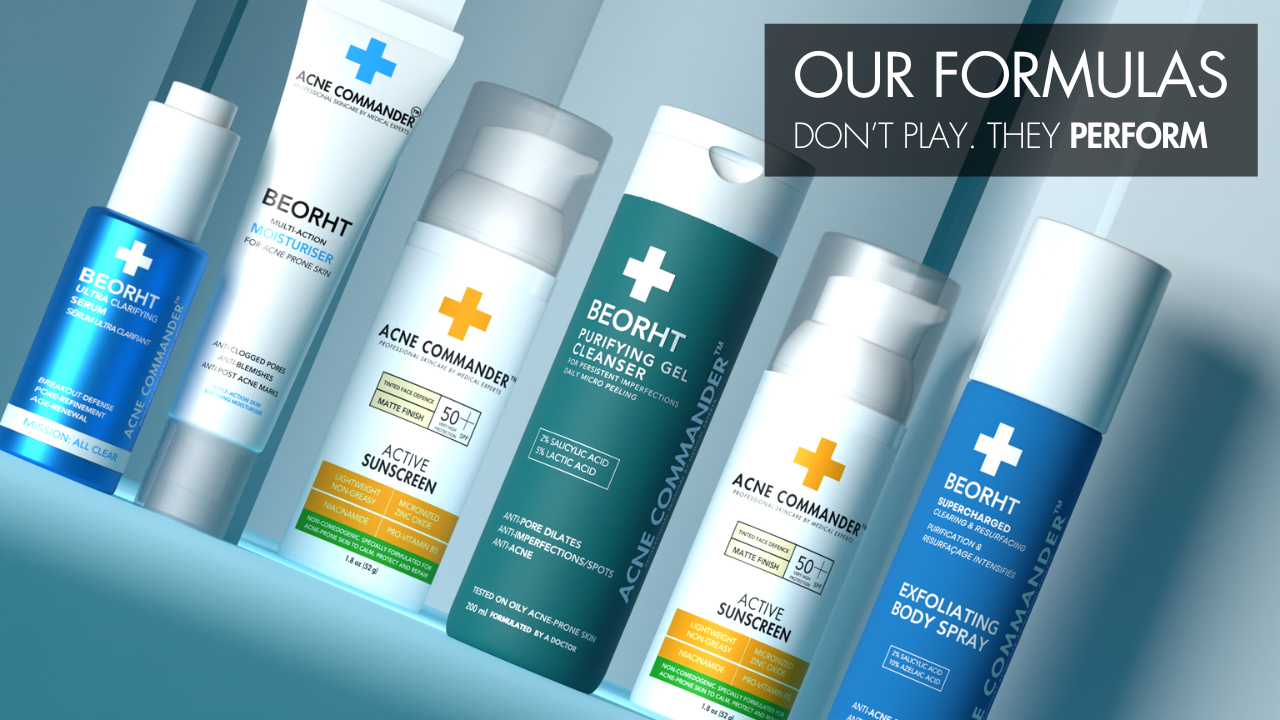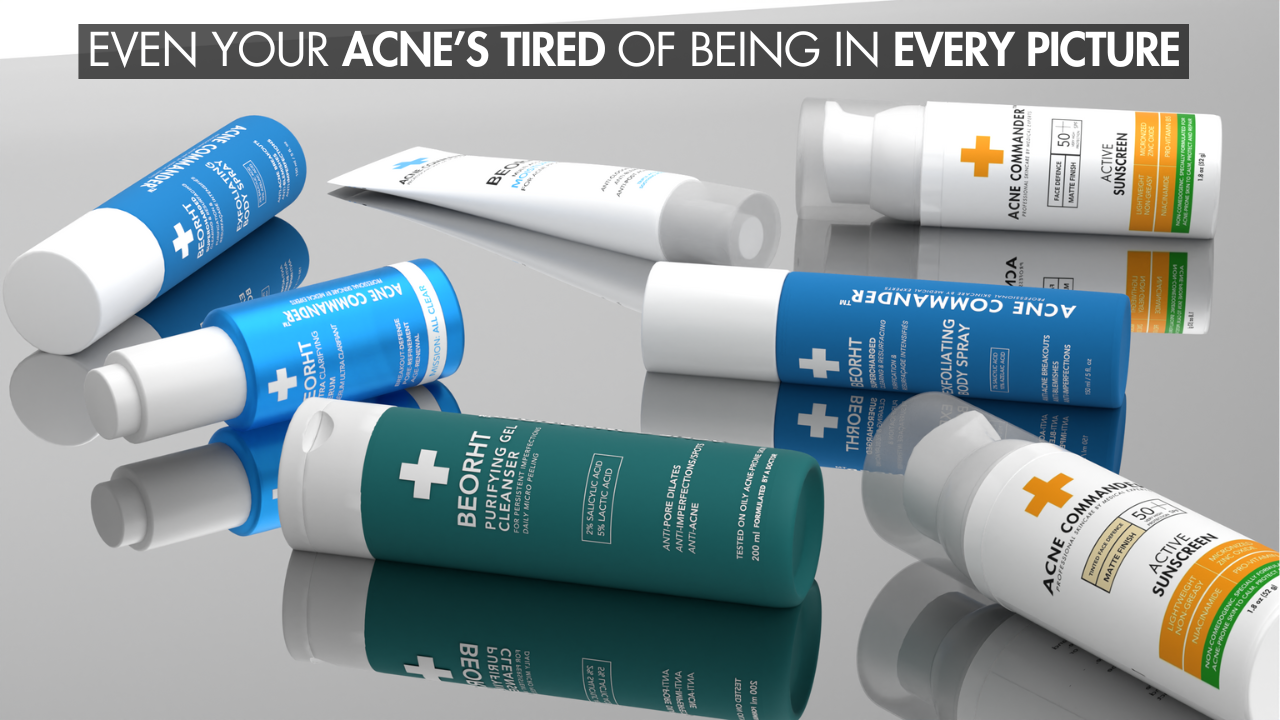Introduction
Fungal acne is a skin condition often mistaken for traditional acne, but it behaves very differently and requires a unique approach to treatment. While acne vulgaris is commonly caused by clogged pores, excess sebum, and bacteria, fungal acne, scientifically known as Malassezia folliculitis, is triggered by an overgrowth of yeast on the skin. As a result, using the wrong skincare products can exacerbate the issue rather than resolving it.
One of the more debated skincare techniques among those with fungal acne is oil cleansing. On the surface, it might sound counterintuitive to apply oil to skin that’s already irritated or breaking out. However, oil cleansing has a long history in holistic skincare, and when done correctly with fungal acne-safe oils, it may help soothe, cleanse, and rebalance the skin.
This comprehensive guide will delve into whether oil cleansing is good for fungal acne, how it works, what oils to use or avoid, and why pairing it with a second cleanse, especially using Beorht Purifying Gel Cleanser by Acne Commander, is essential for success. We’ll also explore tips, risks, and a full step-by-step regimen to support your journey toward clearer skin.
Understanding Fungal Acne
Before exploring oil cleansing, let’s define what fungal acne truly is. While it’s not “acne” in the traditional sense, fungal acne appears as clusters of small, uniform bumps, typically on the forehead, back, or chest, and is often itchy. These breakouts are caused by Malassezia, a type of yeast that naturally exists on the skin. When this yeast multiplies excessively due to warm environments, occlusive skincare products, or a weakened skin barrier, it can lead to follicle inflammation.
Key characteristics of fungal acne include:
-
Uniform papules or pustules (often itchy)
-
Appears in oily or sweaty areas (e.g., forehead, upper back)
-
Often unresponsive to conventional acne treatments
-
May be exacerbated by fatty acids, esters, and oils that feed yeast
Due to these sensitivities, individuals with fungal acne must carefully choose their skincare products. For example, Beorht Purifying Gel Cleanser by Acne Commander is specifically formulated without fungal acne-triggering ingredients, making it a smart choice for your daily cleansing step.
What Is Oil Cleansing?
Oil cleansing is the practice of using oils to dissolve and lift away impurities, makeup, sunscreen, and excess sebum from the skin. This method is based on the principle that “like dissolves like,” meaning that applying oil can help dislodge the oils and dirt in your pores more gently than harsh foaming cleansers.
There are two main forms of oil cleansing:
-
Using pure oils (like jojoba, argan, or hemp seed oil)
-
Using a formulated oil cleanser with emulsifiers to rinse off easily
However, not all oils are created equal, especially for those with fungal acne. Some oils may feed the Malassezia yeast, making the skin condition worse.
Oil cleansing is most effective when it is followed by a water-based second cleanser such as Beorht Purifying Gel Cleanser by Acne Commander, which helps to remove any residual oil and prevent pore blockage.
Oils to Avoid for Fungal Acne
Certain oils are known to trigger or worsen fungal acne because they contain fatty acids that act as a food source for Malassezia. If you have fungal acne, avoid oils high in oleic acid or long-chain fatty acids.
Problematic Oils Include:
Coconut oil: High in lauric acid, it’s comedogenic and promotes yeast growth.
Olive oil: It contains oleic acid, which can feed fungal organisms.
Soybean oil and wheat germ oil: These are heavy and rich in long-chain fatty acids.
Shea butter: Though a butter, not oil, it's highly comedogenic and unsafe for fungal acne.
These oils can worsen fungal acne symptoms and should be replaced with fungal-safe alternatives.
Fungal Acne-Safe Oils
Thankfully, several oils and esters don’t promote the growth of Malassezia and can be safely used for oil cleansing.
Recommended Oils Include:
Jojoba Oil: Structurally similar to skin’s natural sebum and highly stable.
Argan Oil: Rich in linoleic acid and antioxidants.
Hemp Seed Oil: Light, non-comedogenic, and anti-inflammatory.
Squalane: A saturated oil that Malassezia cannot metabolize.
These oils are typically light, non-comedogenic, and can help balance your skin’s oil production. However, even with these safe options, it’s vital to follow up with a second cleanser like Beorht Purifying Gel Cleanser by Acne Commander to eliminate oil traces and keep your pores clear.
Benefits of Oil Cleansing for Fungal Acne
When done properly, oil cleansing offers several benefits for people with fungal acne:
1. Removes Oil-Soluble Impurities
Cleansers alone may not remove sunscreen, makeup, or excess sebum completely. Oil cleansing dissolves these impurities effectively.
2. Prevents Barrier Damage
Harsh cleansers strip the skin of natural lipids, potentially compromising the skin barrier. Oil cleansing maintains hydration and reduces irritation.
3. Soothes Inflammation
Fungal acne is often itchy and inflamed. Non-comedogenic oils like squalane and hemp seed oil can soothe and calm the skin.
4. Balances Sebum Production
Oil cleansing may help balance overproduction of sebum, which is often a trigger for breakouts and fungal flare-ups.
5. Enhances Product Penetration
Clean, well-balanced skin allows active ingredients, like those in Beorht Purifying Gel Cleanser by Acne Commander, to penetrate deeper and work more effectively.
How to Oil Cleanse for Fungal Acne
A well-structured oil cleansing routine can minimize the risk of triggering fungal acne. Here's how to do it right:
Step 1: Choose Your Oil Wisely
Select a fungal acne-safe oil like jojoba or squalane. Avoid blends with coconut, olive, or soybean oil.
Step 2: Apply to Dry Skin
Dispense a few pumps of oil onto your dry face. Massage gently in circular motions for about one minute. Focus on areas with clogged pores or makeup.
Step 3: Emulsify and Rinse
If you're using a formulated oil cleanser with emulsifiers, add a little water and continue massaging until it turns milky. Then rinse with warm water.
Step 4: Second Cleanse
Follow up immediately with a gentle, water-based cleanser. We highly recommend Beorht Purifying Gel Cleanser by Acne Commander, which is formulated to cleanse thoroughly without stripping or feeding Malassezia. This crucial step ensures no oily residue is left behind, reducing the risk of breakouts.
Step 5: Pat Dry and Moisturize
Gently pat your skin dry with a clean towel. Finish with a fungal acne-safe moisturizer or treatment.
Why Use Beorht Purifying Gel Cleanser by Acne Commander?
If you’re struggling with fungal acne, your cleanser matters more than you might think. Beorht Purifying Gel Cleanser by Acne Commander is specifically developed for acne-prone and sensitive skin types. Here’s why it stands out:
-
Free of fatty acids, esters, and oils that feed fungal acne
-
Non-comedogenic and free from harsh surfactants
-
Formulated with skin-calming and purifying ingredients
-
pH-balanced to support the skin barrier
-
Gentle enough for daily use, even after oil cleansing
Adding this gel cleanser to your routine not only boosts the effectiveness of oil cleansing but also helps prevent recurrences of fungal breakouts.
Explore detailed information for Acne Commander's Beorht Purifying Gel Cleanser. Click Here
Potential Risks of Oil Cleansing for Fungal Acne
While oil cleansing can be beneficial, it must be approached cautiously to avoid worsening fungal acne.
Common Risks Include:
Feeding Yeast: The wrong oils can rapidly accelerate Malassezia growth.
Clogged Pores: Without a proper second cleanse, oil residues can block pores.
Over-Cleansing: Too much oil or too frequent cleansing can disrupt the skin’s natural balance.
Using Beorht Purifying Gel Cleanser by Acne Commander post-oil cleansing minimizes these risks by ensuring all oil and debris are thoroughly removed without harming the skin barrier.
Frequently Asked Questions (FAQs)
Q1: Can oil cleansing worsen fungal acne?
Yes, if you use oils that feed Malassezia. Always choose fungal acne-safe oils and follow with a second cleanse using Beorht Purifying Gel Cleanser by Acne Commander.
Q2: How often should I oil cleanse if I have fungal acne?
Start with 2–3 times a week. Observe your skin’s response and adjust accordingly. Daily oil cleansing is not always necessary.
Q3: Can I use a cleansing balm instead of oil?
Yes, but ensure it contains fungal acne-safe ingredients and always follow with a second cleanser.
Q4: Is double cleansing necessary?
Absolutely. The second cleanse removes any oil film left behind. A gentle gel cleanser like Beorht Purifying Gel Cleanser by Acne Commander is ideal for this purpose.
Q5: Can I oil cleanse if I don’t wear makeup?
Yes, especially if you wear sunscreen or have oily skin. Oil cleansing can effectively break down oil-soluble debris.
Final Thoughts
Oil cleansing can be part of a successful skincare routine for fungal acne, but only when done carefully. The key lies in choosing the right oil, applying it correctly, and always following with a second cleanse using a reliable product like Beorht Purifying Gel Cleanser by Acne Commander.
This two-step cleansing process allows you to harness the benefits of oil cleansing, like hydration, gentle cleansing, and improved skin barrier function, without feeding the yeast that causes fungal acne.
By using safe oils and following each cleanse with Beorht Purifying Gel Cleanser by Acne Commander, you’re giving your skin the balanced, clean foundation it needs to heal and thrive.
Call to Action:
Ready to safely try oil cleansing for fungal acne? Start with fungal acne-safe oils and complete your routine with the dermatologist-recommended Beorht Purifying Gel Cleanser by Acne Commander for best results.






